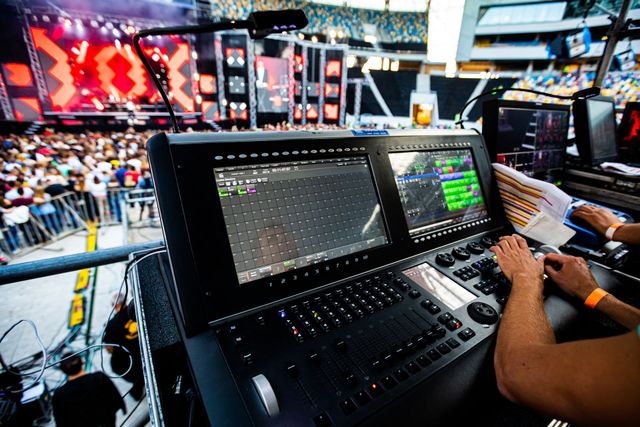Benefits of Light Emitting Diode Video Walls Compared to Traditional Projector Technologies in Contemporary Visual Displays
Benefits of Light Emitting Diode Video Walls Compared to Traditional Projector Technologies in Contemporary Visual Displays
Blog Article
Light Emitting Diode display screens have grown progressively favored in multiple environments, such as schools, businesses, and entertainment venues. These advanced display technologies offer numerous advantages over conventional projector technologies. Recognizing these benefits can help companies make knowledgeable choices about their visual needs. This article will examine the key advantages of Light Emitting Diode display screens, including luminosity, image clarity, adaptability, maintenance, and power conservation.
One of the most important benefits of Light Emitting Diode video screens is their brightness. LED tech produces lively and bright pictures that can be readily seen in various lighting conditions. Unlike traditional projectors, which can struggle in well-lit environments, LED display walls maintain their sharpness and hue accuracy even in bright spaces. This makes them perfect for external events or locations with big windows. The high brightness levels ensure that the content displayed is always clear, making it easier for audiences to engage with the data being presented.
In furthermore to luminosity, LED video screens provide enhanced visual quality. They offer greater definition and better color reproduction compared to conventional projection systems. This means that pictures and footage displayed on an Light Emitting Diode wall appear crisper and more detailed. The dot density of LED screens allows for close viewing without sacrificing sharpness, which is particularly crucial in settings like trade fairs or conferences where viewers may be nearby to the display. Furthermore, LED tech can produce richer dark tones and more vibrant hues, enhancing the complete visual experience.
Flexibility is another important benefit of Light Emitting Diode video walls. These technologies can be arranged in various sizes and shapes to fit different areas and aesthetic needs. Unlike conventional projectors, which require a specific distance from the display to function correctly, Light Emitting Diode display screens can be installed in a variety of settings. They can be bent, tiled, or even used in creative arrangements to create distinct display exhibits. This adaptability allows organizations to customize their visual exhibits to suit their specific requirements, making LED video walls a flexible option for any environment.
Maintenance is also a critical consideration when contrasting LED display screens to traditional projection technologies. LED screens generally require fewer maintenance over the years. Traditional projectors often need bulb replacements and regular maintenance to maintain optimal functionality. In comparison, Light Emitting Diode tech has a greater duration and does not require regular changes. This reduces downtime and maintenance costs, making LED display walls a more cost-effective solution in the long future. Companies can concentrate on their presentations rather than worrying about the maintenance of their visual technologies.
Lastly, power conservation is an essential factor for many organizations. Light Emitting Diode video walls consume fewer energy compared to conventional projector technologies, which can lead to substantial savings on energy bills. This is especially beneficial for businesses and venues that use displays for long periods. Additionally, the lower energy consumption of LED technology contributes to a lowered environmental impact, making it a more sustainable choice. By selecting LED display screens, companies can benefit from premium visual displays look at this website while also being mindful of their energy use and ecological impact.
In summary, Light Emitting Diode display screens offer many advantages over conventional projection systems. Their luminosity, image quality, adaptability, minimal upkeep needs, and energy efficiency make them an excellent option for contemporary display screens. As technology continues to progress, LED display screens are likely to grow even more common in various settings, providing organizations with the tools they need to efficiently convey and interact with their audiences.